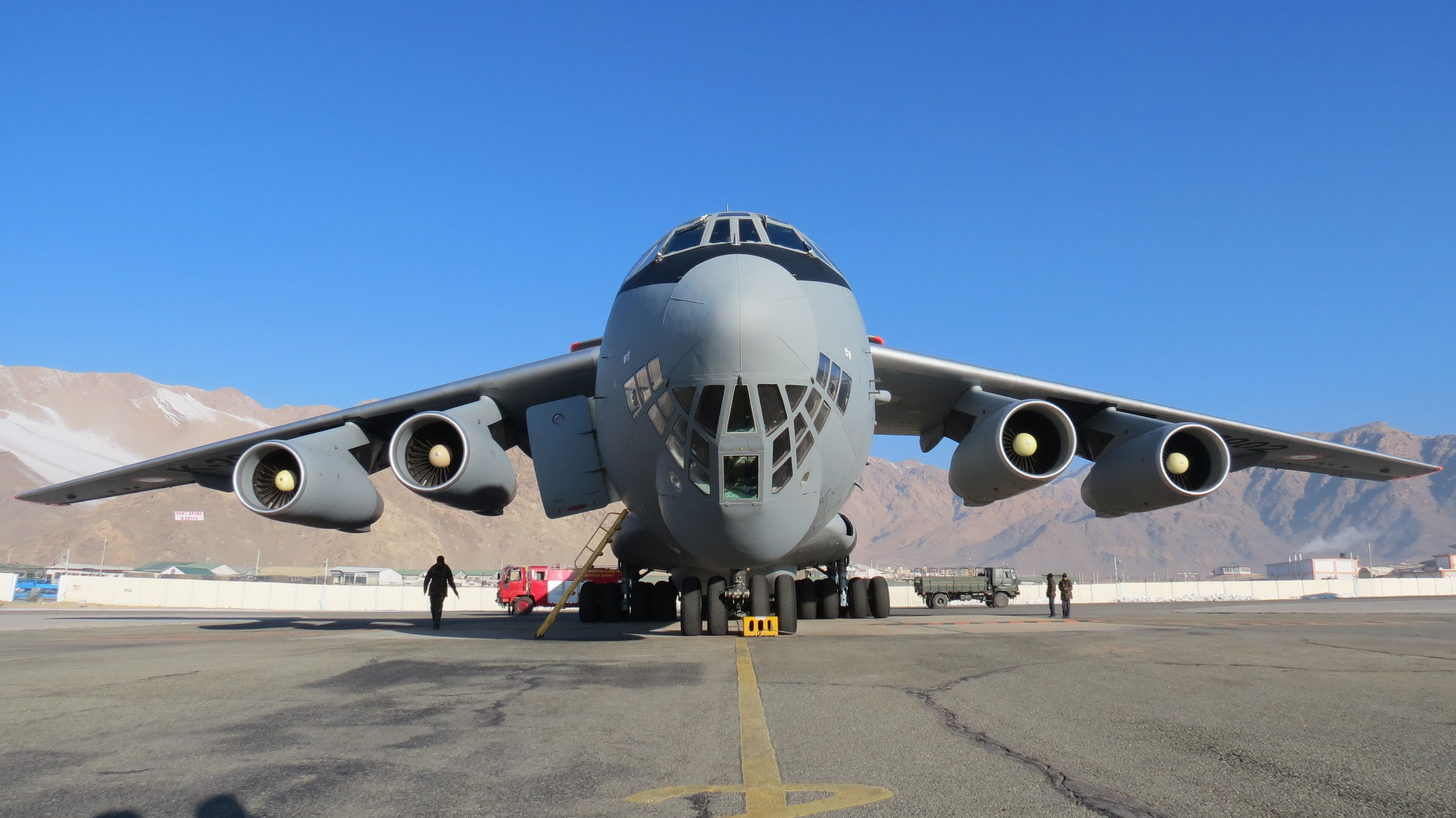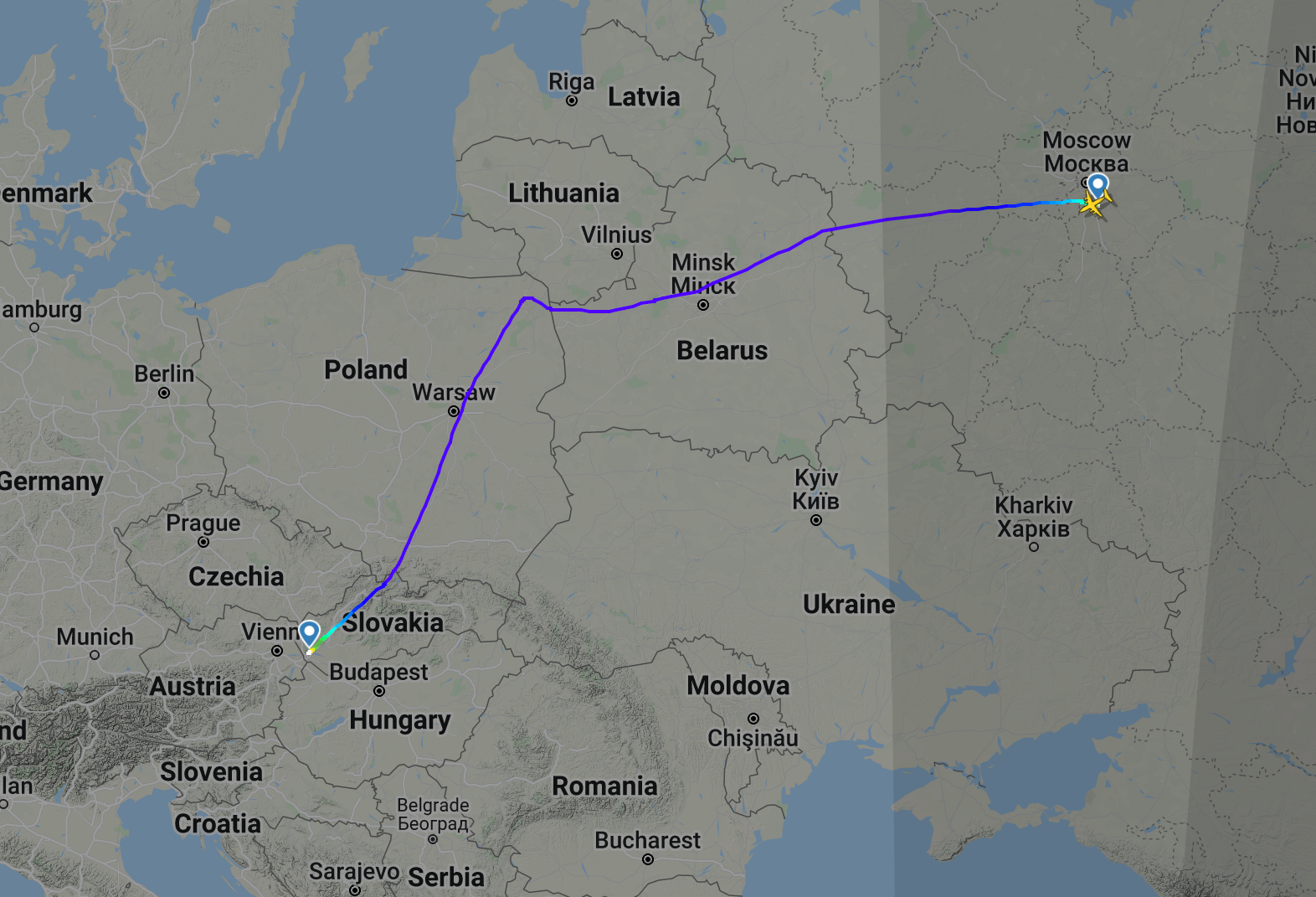Much of Europe has severed many ties to Russia over the Kremlin's invasion of Ukraine. Among other measures is the closure of European airspace to Russian aircraft. So why did an Ilyushin Il-76 registered in Russia with air charter service specialist Volga Dnepr from Ulyanovsk traverse Polish airspace to land in the Slovakian capital Bratislava on Thursday?
One sector where Europe has yet to distance itself from its giant neighbor to the east is energy. While there is no official confirmation for Thursday's flight, another Volga Dnepr Il-76 flight landed in Slovakia on March 1, when the airspace was already officially closed, carrying fuel for two Slovakian nuclear powerplants. At the time, the Slovakian Economy Minister Richard Sulík stated to Euractiv,
“The Slovak economy now has reserves of another strategic commodity. I am glad that we managed to bring the fuel.”
Mr Sulík also said that his Ministry had collaborated with the Polish Ministry of Foreign Affairs to allow the shipment to take place, which explains the flight path of yesterday's flight through first Belarus and then Poland. He did not state how long supplies would last.
Heading back along the same corridor on Saturday
The exempted aircraft is a ten-year-old Ilyushin Il-76 cargo aircraft registered as RA-76511. It first flew from Mineralnye Vody (MRV) at 00:54 on March 17 to Moscow Domodedovo (DME). The plane remained in Moscow until 20:16 local time in the evening before making the two hours 14 minutes long flight to Bratislava (BTS). It is scheduled to fly back to Moscow on Saturday, March 19 at 14:00 local time.
However, it was not the same aircraft that operated the flight a little over two weeks ago. At the time, RA-76511 was busy traveling between places such as Bridgetown in Barbados, Tsaratanana Airport in Madagascar, Portsmouth in New Hampshire, United States, and even the NASA Shuttle Landing Facility in Florida, according to flight-tracking website FlightRadar24.com.
Safe air transport of nuclear materials
According to world-nuclear.org, about 15 million packages of radioactive material are transported around the world each year. The International Atomic Energy Agency (IAEA) has been issuing international regulations for their transportation since 1961, with the latest update being released in 2018.
While there are about 440 operable nuclear power reactors in 32 countries, uranium mining occurs only in 30 states - many of which have no nuclear power plants of their own. For air transport, the IAEA regulations say that radioactive material must be kept in so-called Type C packages. These must maintain their containment upon impact onto a target at a velocity of 90 m/s (the equivalent of a fall from 450 meters).



_(8735711657).jpeg)